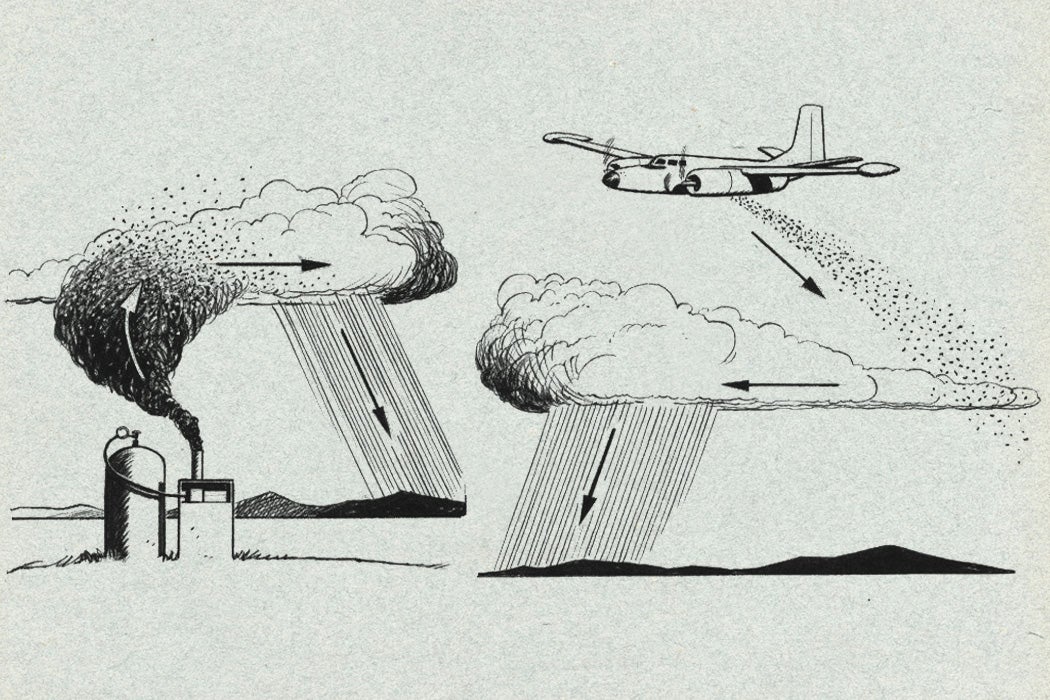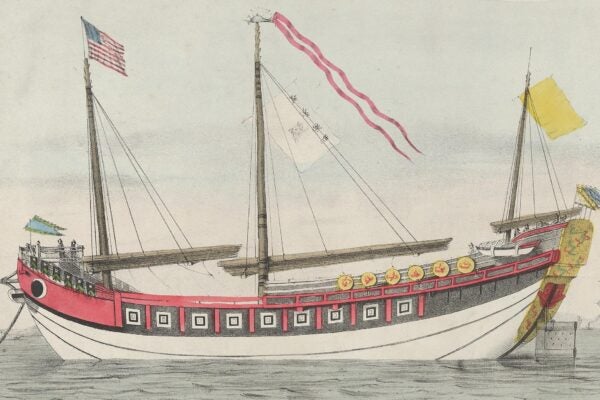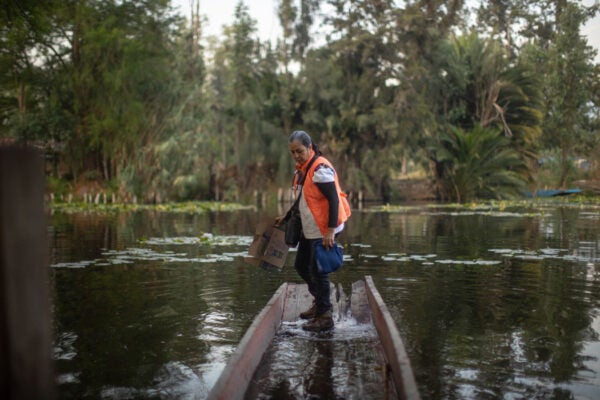How to start a rainstorm (Yale Environment 360)
by James Dinneen
For decades, people have used cloud seeding in an effort to make it rain or snow. Clear evidence about the method’s efficacy has been scarce, but new findings, and the increasingly desperate water situation in the western US, have more people looking at this method again.
The rise of the fake fact-check (Pro Publica)
by Craig Silverman and Jeff Kao
Many of us depend on fact checkers to tell us whether a video circulating on social media is really what it claims. But a new Russian tactic turns this on its head, sowing confusion in the guise of correcting misinformation that never really existed in the first place.
Angela Davis’s complicated career (The Guardian)
by Simon Hattenstone
Angela Davis was the child of politically active teachers, a serious scholar, a world-famous political prisoner, and the inventor of approaches to race, gender, class, and incarceration that are more prominent than ever today. At 78, she’s still continuing her life’s work.
Harriet Tubman, naturalist (Smithsonian Magazine)
by Liza Weisstuch
Harriet Tubman famously followed the North Star on her journeys to free people from slavery. But her facility with the natural world went far beyond navigation, including a wealth of knowledge about bird calls, edible wild plants, and herbal remedies.
Don’t fear the Jorō spiders (CNN)
by Megan Marples
Yes, huge, brightly colored invasive arachnids may be spreading to new parts of the Eastern Seaboard this summer. And yes, technically, they’re venomous. But no, Jorō spiders are no threat to humans.
Got a hot tip about a well-researched story that belongs on this list? Email us here.






